Disney movies have captured the hearts of audiences for generations, delighting viewers with their enchanting stories and memorable characters. However, even these timeless classics are not immune to the occasional slip-up. From disappearing objects to inconsistent details, these mistakes often go unnoticed during the first watch but become glaringly obvious once spotted. In this blog post, we’ll explore 12 classic Disney movie mistakes that fans and critics alike can’t unsee. Whether it’s a continuity error or a quirky oversight, these mistakes offer a fun glimpse into the world behind the magic and remind us that even Disney isn’t perfect.
Cinderella’s Disappearing Slipper Size
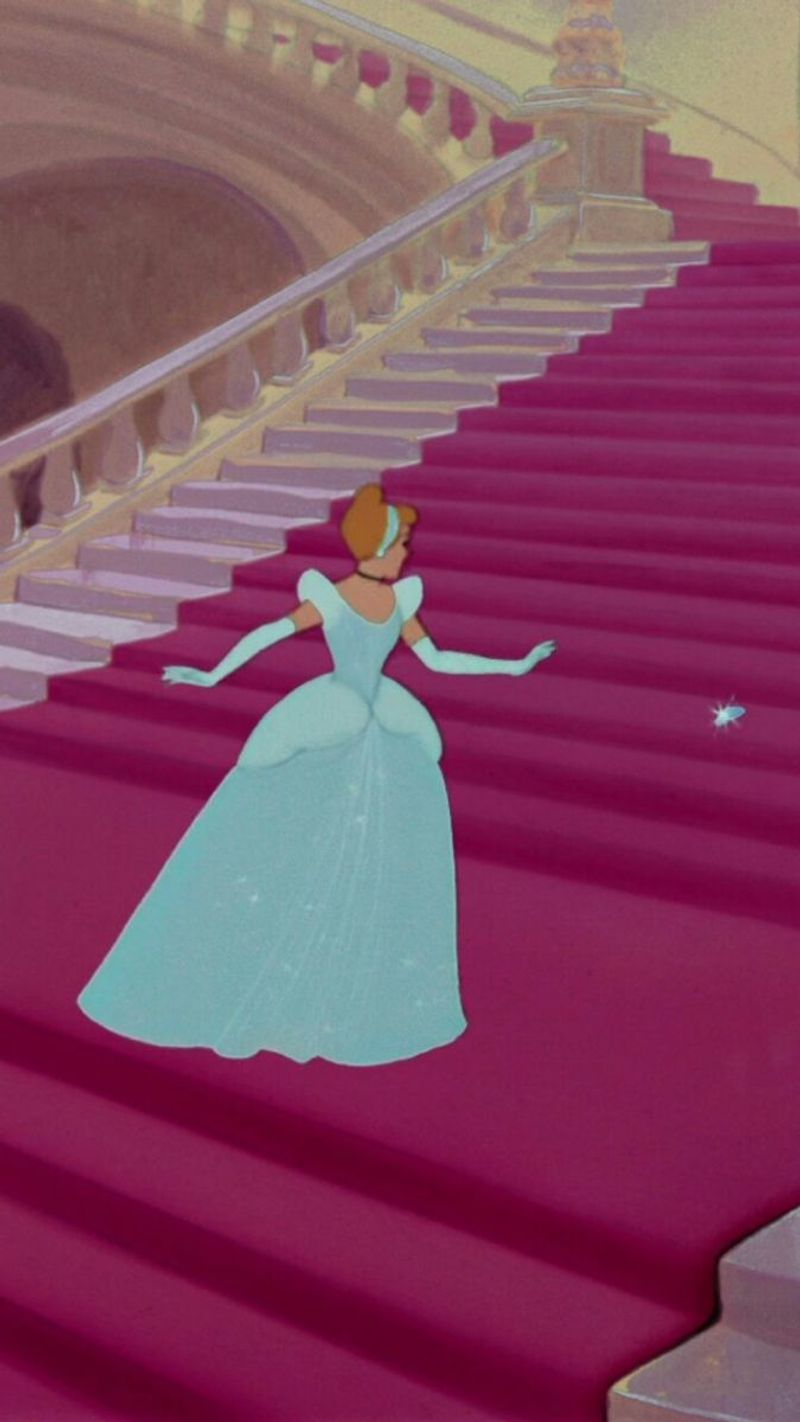
Cinderella’s iconic glass slipper moment is as enchanting as it is puzzling. At the ball, it fits her like a dream, only to magically fall off when she’s in a hurry to leave at midnight. Later, it fits perfectly again, even after her stepsisters’ attempts to force their feet into it. This whimsical moment, while charming, highlights an inconsistency that’s hard to ignore. Is the slipper enchanted to fit only Cinderella’s foot? Or is it simply a plot device that defies logic in the fairy tale? This classic moment continues to spark debates among fans and critics.
The Vanishing Shawl in Beauty and the Beast
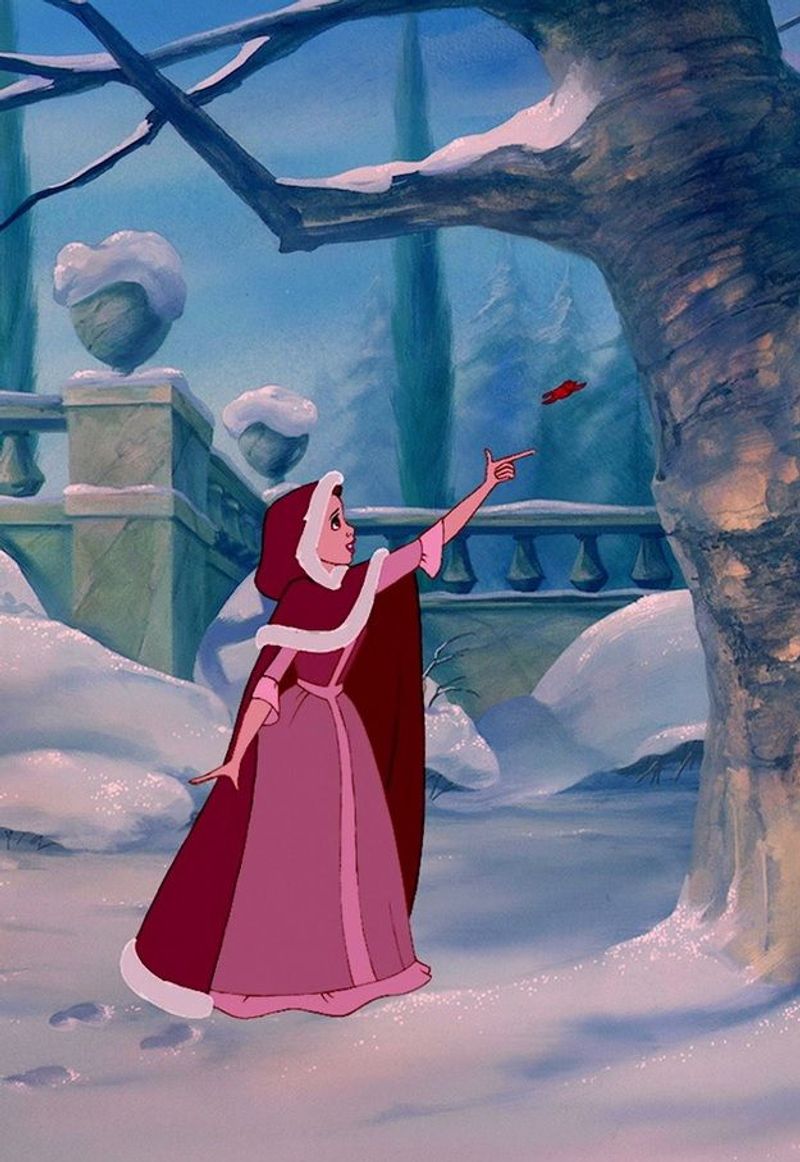
Belle’s journey through the snowy wilderness with her father is a scene filled with emotion and mystery. Yet, it’s hard to miss the peculiar vanishing act of her cloak. As she sets out, the cloak provides warmth in the biting cold. But suddenly, it’s gone, leaving Belle exposed to the elements, only to reappear moments later. This blink-and-you-miss-it moment adds an unintended magical quality to her attire. Continuity errors like this remind us that even in animated worlds, tiny mistakes can slip through the cracks, adding an extra layer of charm to the storytelling.
The Reappearing Door in Snow White
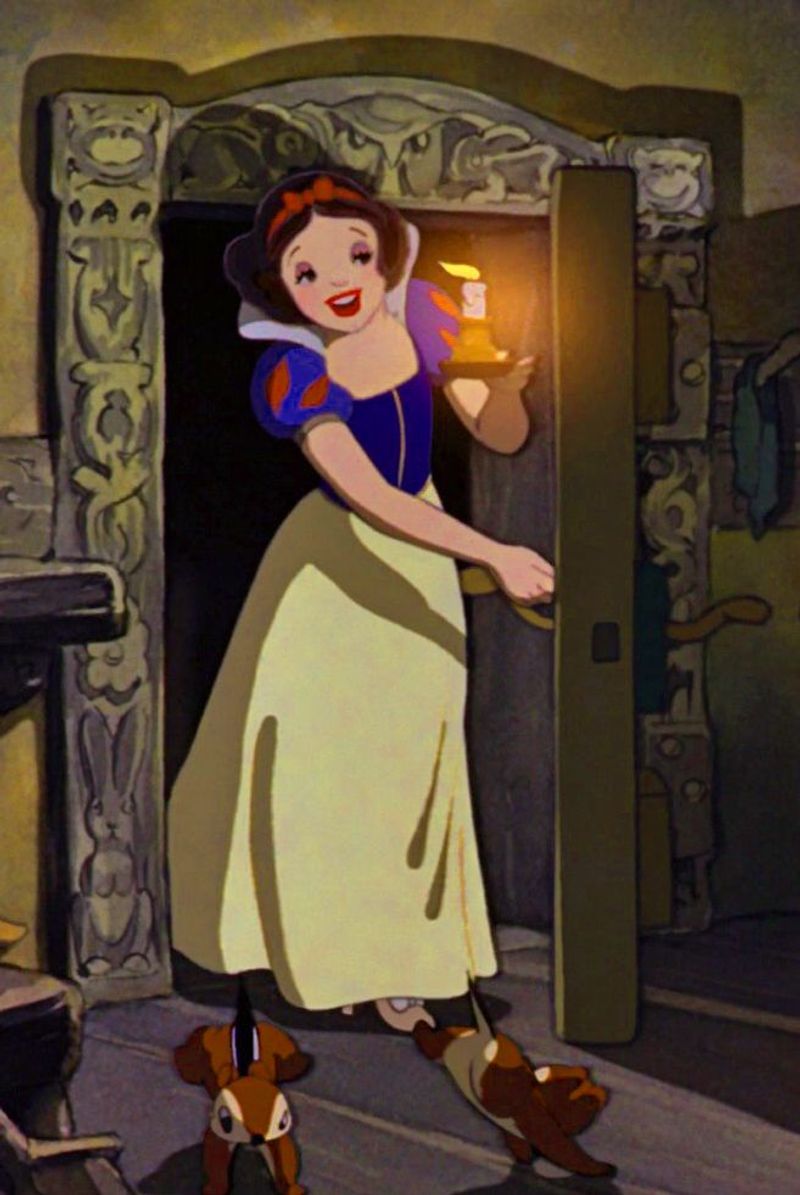
The Evil Queen’s plot to keep the dwarfs out of Snow White’s cottage leads to an intriguing mystery. After locking them out, the door somehow unlocks itself without explanation as they chase her. This detail, while minor, breaks the narrative’s logic and leaves viewers scratching their heads. Was it the work of magic or just an oversight? Such moments reveal the challenges animators faced in ensuring continuity, especially in the early days of animation. The reappearing door remains an amusing quirk in Disney’s first full-length animated feature, showcasing both its innovation and its imperfections.
Hercules’ Floating Medallion
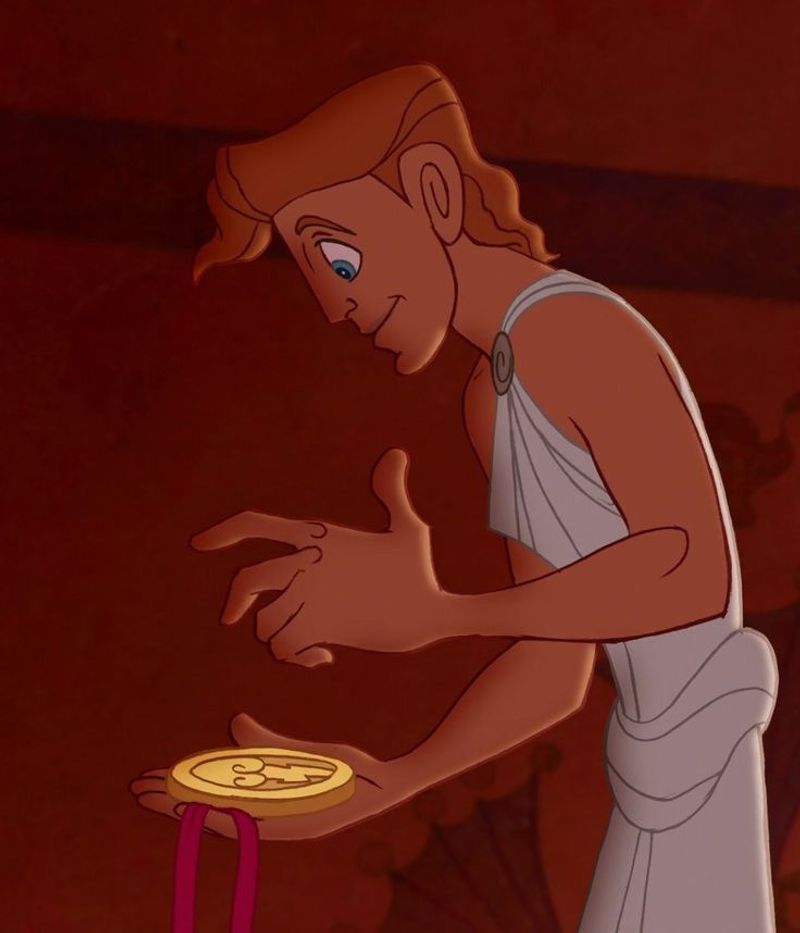
Hercules’ training montage is full of heroic feats and mythological wonders, yet there’s one detail that seems otherworldly. His medallion, suspended on a string, takes on a life of its own, floating or disappearing entirely at times. This peculiar oversight might suggest even the gods weren’t paying attention. Whether a simple error or a nod to divine intervention, the floating medallion adds a whimsical touch to the young hero’s journey. It’s a reminder that even in epic tales of strength and valor, small inconsistencies can catch the eye and spark curiosity.
Aladdin’s Fast-Changing Clothes
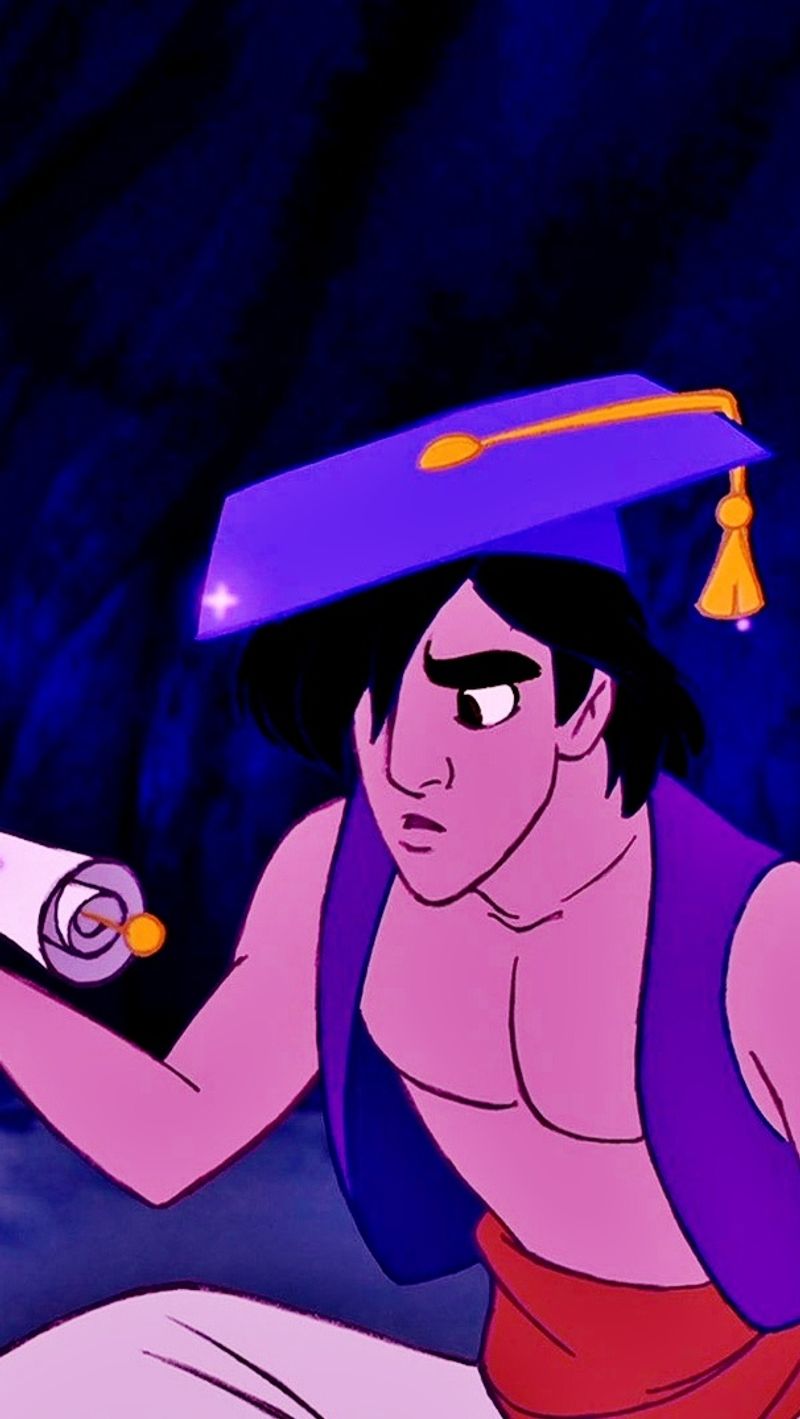
Aladdin’s daring escapades in Agrabah often have him changing in the blink of an eye, but one wardrobe change defies explanation. Arrested in his signature vest, Aladdin suddenly finds himself in a full-sleeved shirt once in the dungeon. Did the guards provide a magical wardrobe service? This sartorial slip-up adds a humorous twist to his adventure. Costume continuity errors like this are rare, yet they offer a peek behind the scenes of animation challenges. Aladdin’s fast-changing clothes remind us that even in tales of magic and romance, some transformations happen off-screen.
Ariel’s Slip-Up with Forks
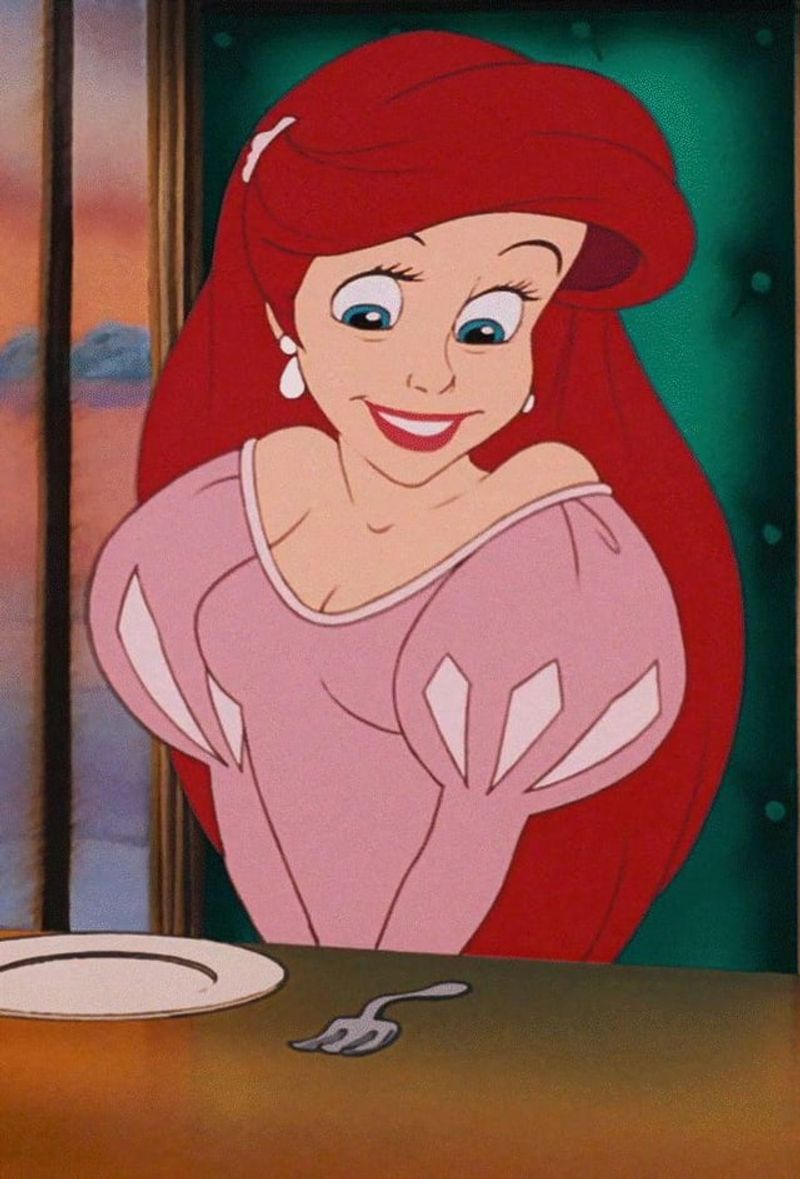
Ariel’s fascination with human objects leads to a delightful misunderstanding with dining utensils. Using a fork as a hairbrush, or “dinglehopper,” is charmingly quirky. Yet, her bewilderment at the dinner table, when faced with actual utensils, leaves audiences bemused. This mix-up in The Little Mermaid adds a humorous twist to her underwater adventures, highlighting the cultural divide between land and sea. The continuity slip-up is a reminder of the learning curve Ariel faces as she navigates her new world. Her naivety contributes to her charm, even if it leaves viewers puzzled.
Mulan’s Suddenly Short Hair
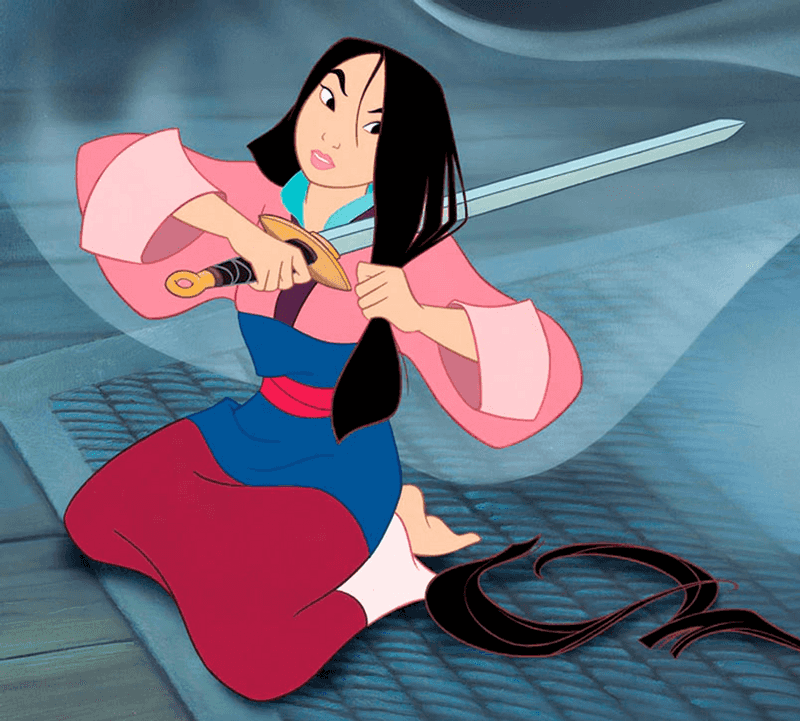
Mulan’s transformation into a warrior begins with a dramatic haircut, yet the results defy realism. A single stroke of the sword and her hair goes from flowing locks to a neat shoulder-length cut. This magical makeover, while symbolic of her brave decision, challenges believability. The flawless result, without a hair out of place, might suggest a touch of Disney magic. Mulan’s haircut, a defining moment in her journey, showcases both her determination and the artistic liberties taken by animators to capture her spirit. It’s a scene that remains iconic despite its implausibility.
The Confusing Geography of The Lion King
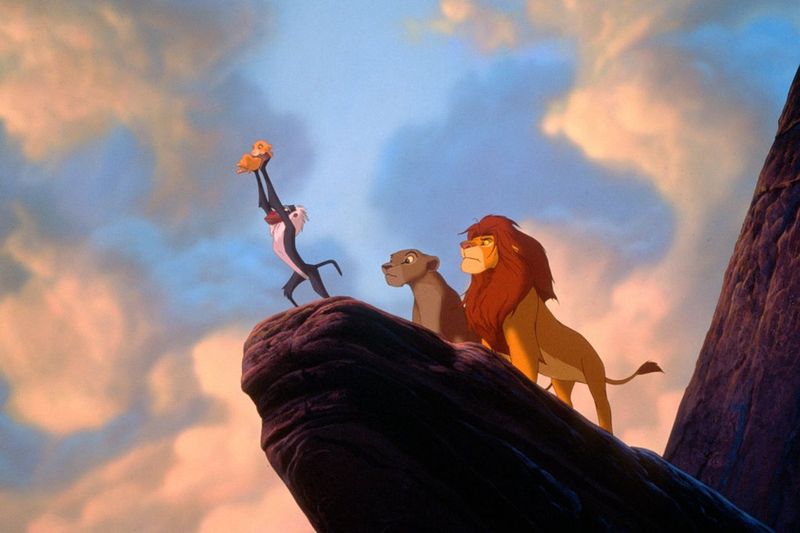
Simba’s reign over the Pride Lands seems to grant him the power to traverse diverse terrains in record time. From lush jungles to arid deserts, he journeys with ease, as if geography bends to his will. This magical realism, while visually stunning, raises questions about the layout of his kingdom. Did the animators take creative liberties with the map? The Lion King’s environment, a tapestry of Africa’s varied landscapes, serves as a beautiful backdrop. Yet, it adds a layer of fantasy that blurs the lines between reality and imagination.
Pocahontas and the Magical Hair Wind
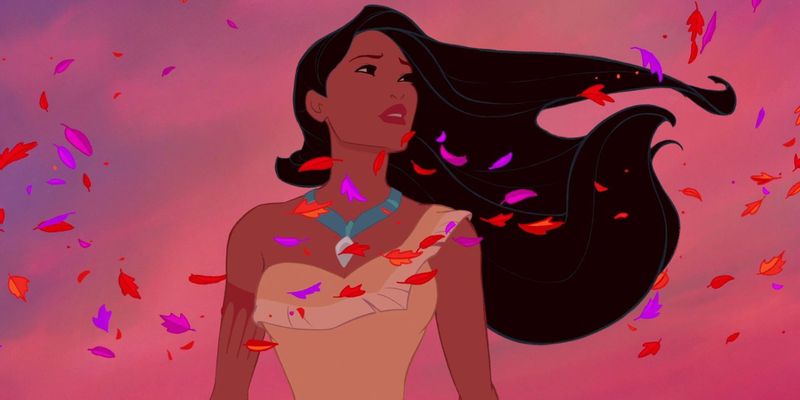
Pocahontas’ connection to nature is beautifully depicted, yet her ever-flowing hair seems to have a life of its own. No matter the weather or setting, her locks dance in an unseen breeze, adding an ethereal quality to her character. This phenomenon, while visually captivating, defies reality and draws attention to Disney’s artistic choices. Pocahontas’ hair, a symbol of her free spirit, remains a mesmerizing element of her portrayal, underscoring the film’s romanticized depiction of her world. Her windswept appearance continues to enchant viewers, even if it challenges the laws of physics.
Sleeping Beauty’s Dress Color Battle
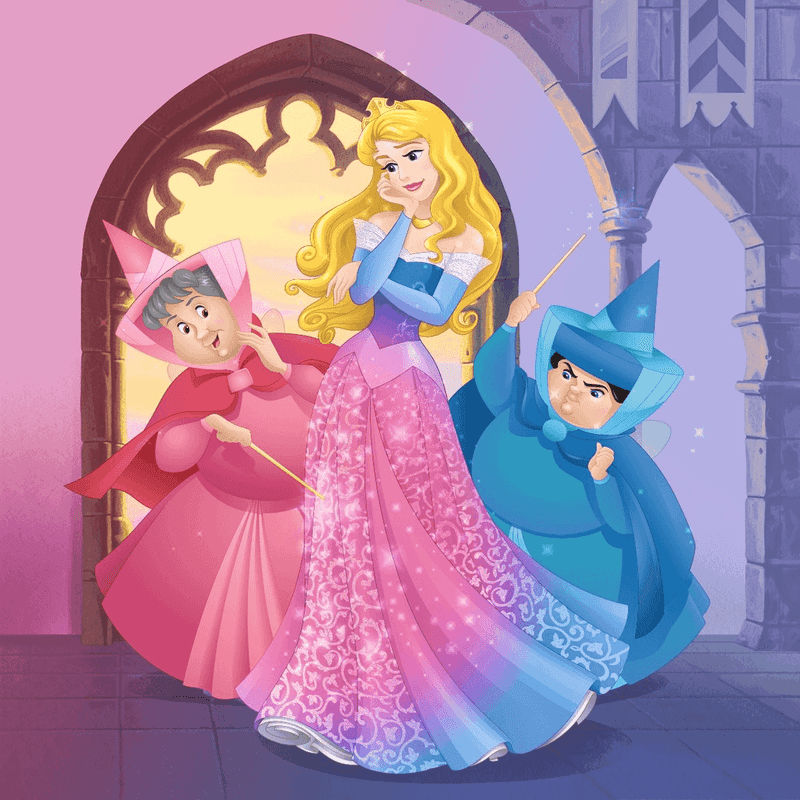
Aurora’s enchanting dance at the end of Sleeping Beauty turns into a playful battle of colors. Her dress, caught in a magical tug-of-war between blue and pink, reflects the whims of her fairy godmothers. This visual gag adds humor to the story’s climax, yet can confuse viewers unfamiliar with the jest. The dress color battle, a nod to the fairies’ rivalry, highlights the playful side of magic in Disney’s world. It’s a delightful detail that adds charm, even if it leaves audiences wondering which hue will prevail in the end.

Comments
Loading…